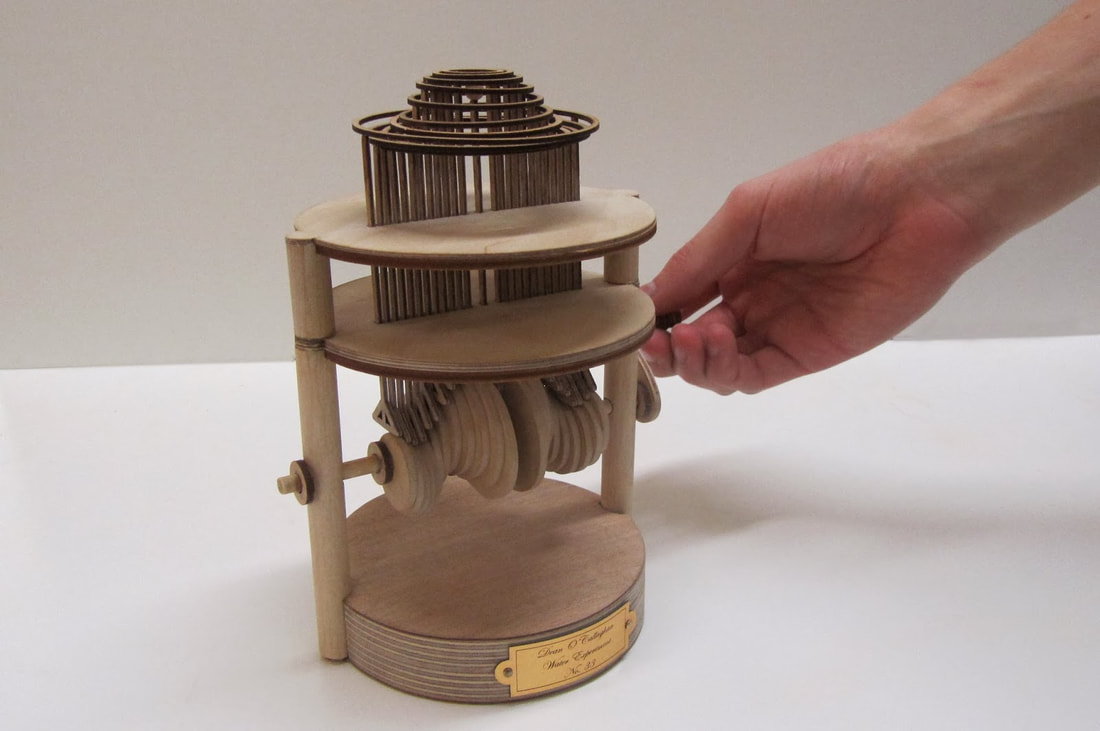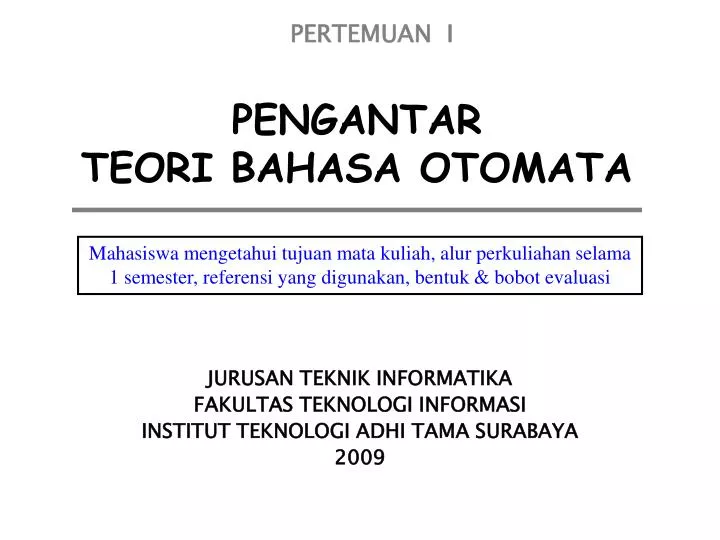

It is Deterministic in that every state has exactly one transition per symbol, so there are no ambiguities as to which state to go to on a given symbol of input. This is called Halting, and we will get into that more in depth much later. It is called a Finite Automata because we know that given a finite input, the machine will execute in reasonable finite time and give us a result. The first type we will deal with is the Finite Automata (FA), and specifically, the Deterministic Finite Automata (DFA), since it is one of the simplest types. Each type behaves radically different from other types, and tend to appear graphically different (especially the labels for the transitions). Machines are categorized into different types. Using this terminology, we can logically deduce that a Finite State Automaton or Finite State Machine (FSM) is a machine that has a finite number of states.ĭeterministic Finite Automata Transitions may even point back to the same state that they came from, which is called a loop. Graphically, a transition is represented as an arrow pointing from one state to another, labeled with the symbol or symbols that it can read in order to move the machine from the state at the tail of the arrow to the tip of the arrow. Transition - A way for a machine to go from one state to another given a symbol from the input.A machine may have multiple dead states, but at most only one dead state is needed per machine. Graphically, the dead state is often omitted and assumed for any input that the machine does not have explicit instructions on what to do with. Once the machine enters a dead state, there is no way for it to reach an accepting state, so we already know that the string is going to be rejected. Dead State - A rejecting state that is essentially a dead end.Rejecting states have no special representation, because every state is either accepting or rejecting. The string is only rejected if the machine halts in a rejecting state with no more input left. Rejecting State - Any state in the machine which is not denoted as an accepting state.It is worth noting that a machine with no accepting states does not accept any string as part of the language (not even the empty string) - it is essentially the Empty Language, ∅. If the machine has only 1 accepting state, it is oftentimes named with the letter A. Common ways include bolding or underlining the name, or using a double circle instead of a single. Graphically, accepting states are indicated distinctly from other states in any of a number of ways. Throughout this course we will exclusively use the term Accepting because I think it is a more descriptive term, but be aware that other places will use the term Final to mean the same thing. Accepting State or Final State - A set of states which the machine may halt in, provided it has no input left, in order to accept the string as part of the language.Graphically, the start state is represented as a state with an unlabeled arrow pointing from nothing to it. The name for the start state will usually either be S or, canonically, q 0 (it is numbered with the lowest number of all the states). It is the state that the machine naturally starts in before it reads any input. Start State - For programmers, this is known as the program entry point.Graphically, states are represented by a circle with the name inside. Canonical names for states (which we will get to later) commonly consist of the lowercase letter 'q' followed by a number, e.g. State - A resting place while the machine reads more input, if more input is available.Later, we will introduce machines capable of generating an output string to return in addition to its standard return value. Initially, this will either be accepted or rejected, indicating whether the input string is respectively part of the language or not. Return - The results of running the machine on a given input.An input is read by a machine in a forward fashion, one symbol at a time.


it doesn't make sense to feed a 3 to a machine that only reads 0's and 1's). The string must only be made up of symbols from the machine's alphabet (e.g. Input - A string fed to a machine which the machine will determine whether it is part of the language that the machine was designed for.


 0 kommentar(er)
0 kommentar(er)
